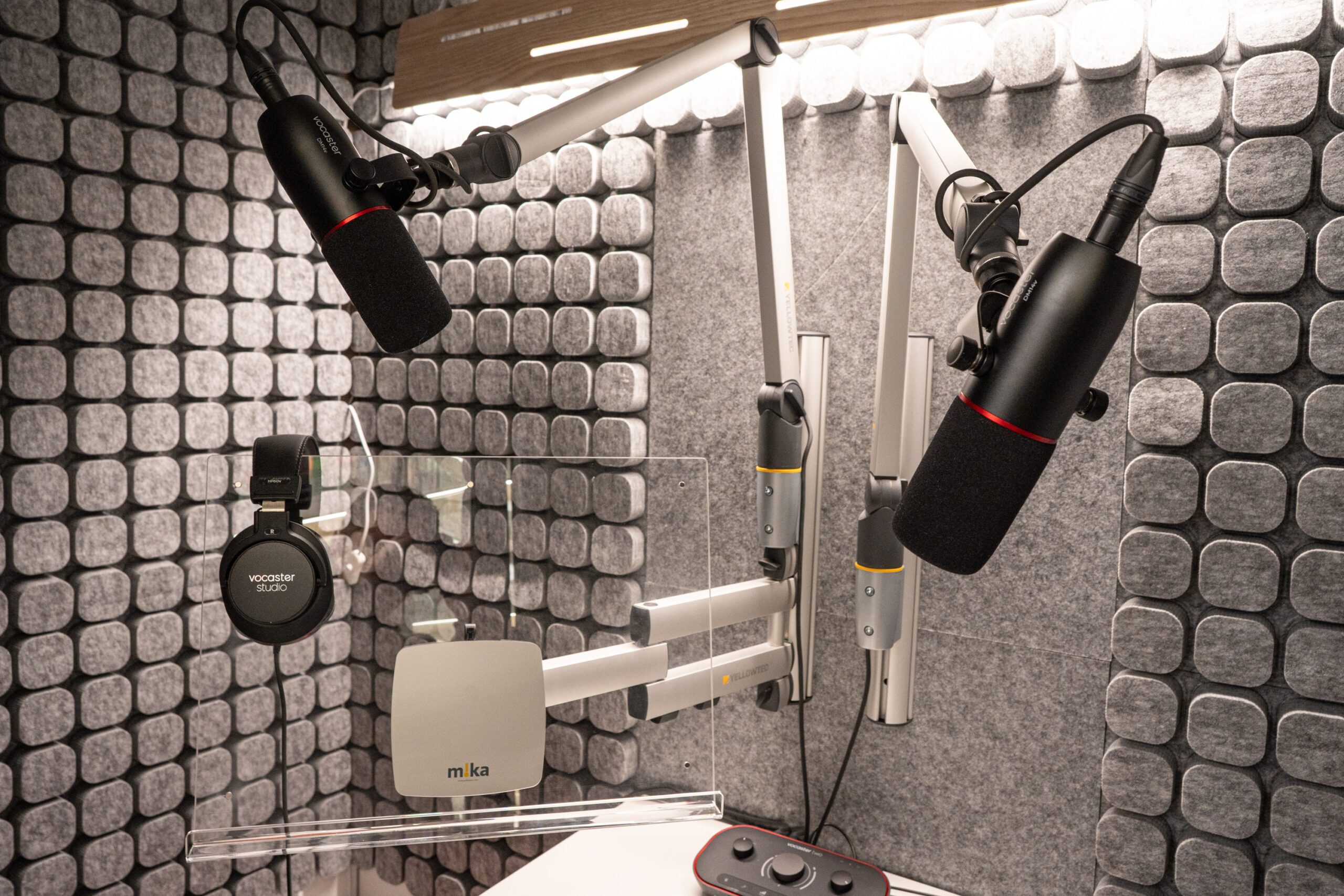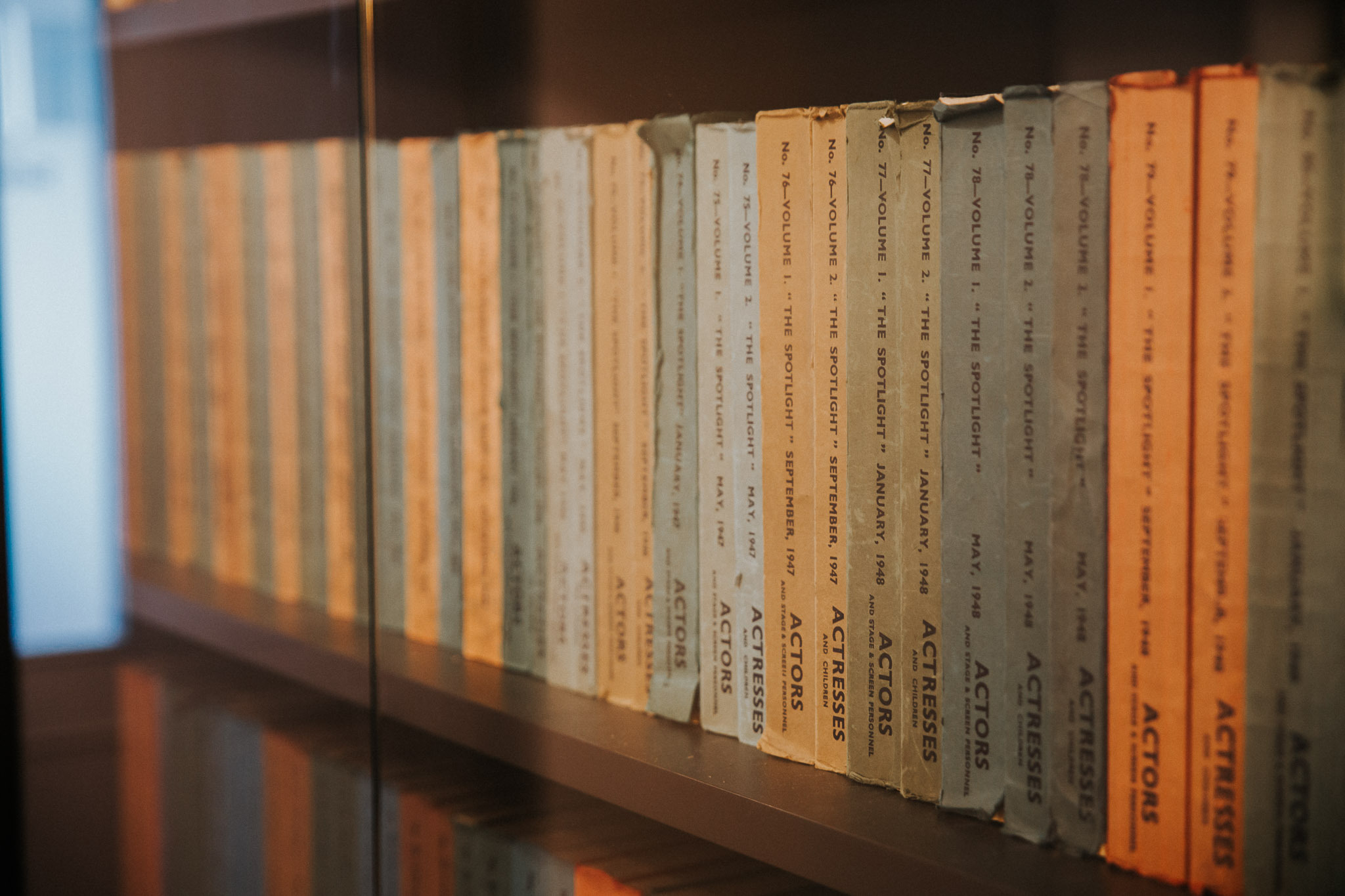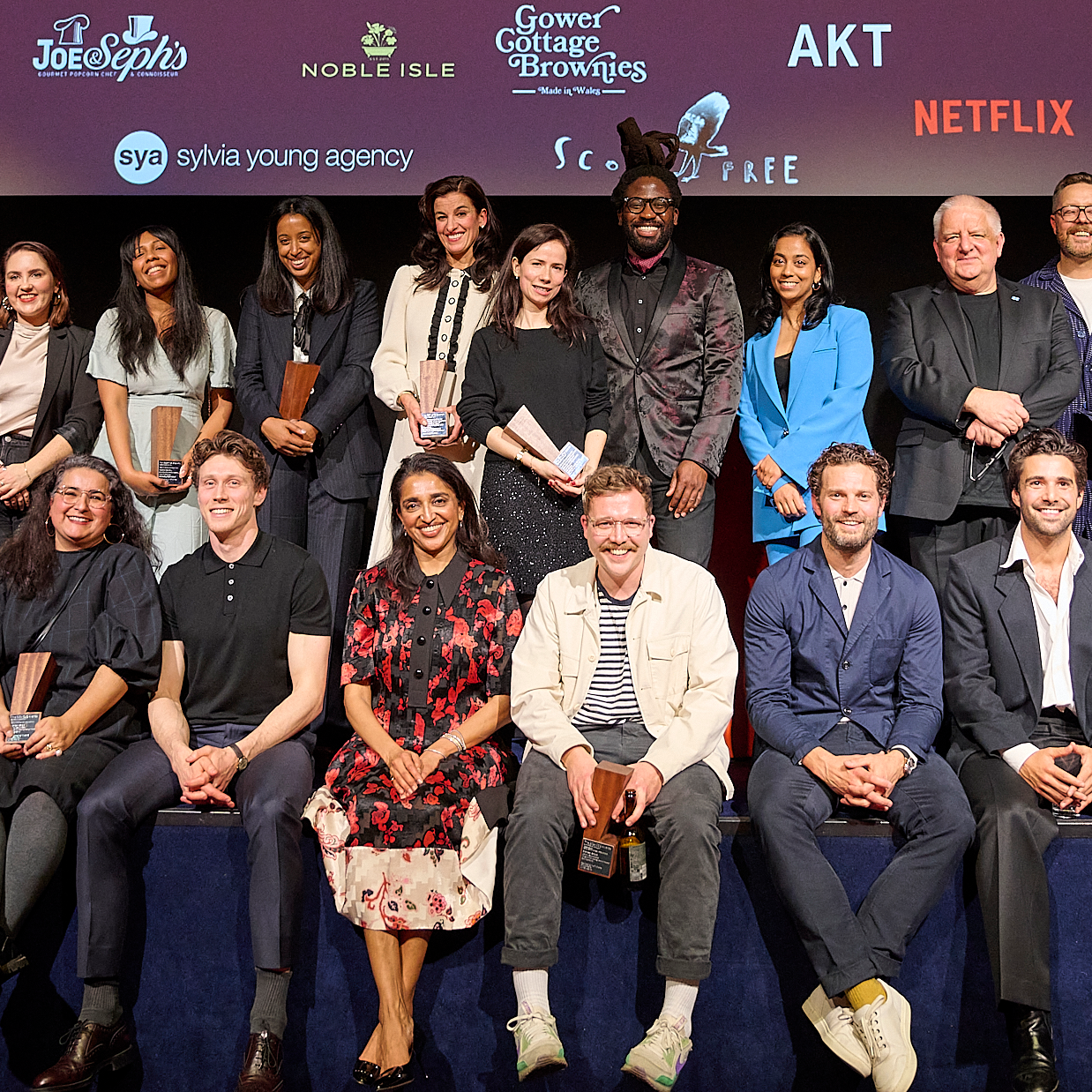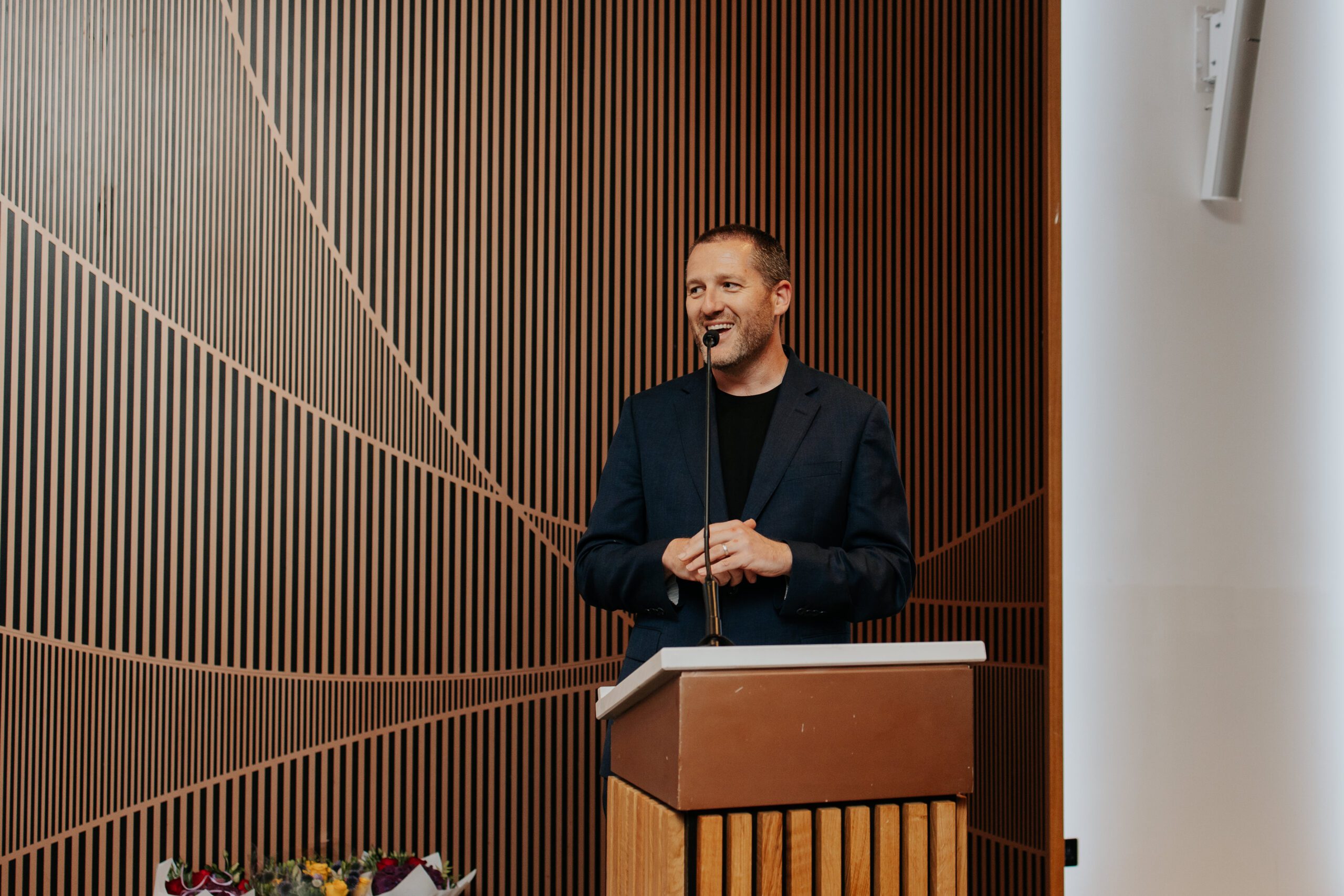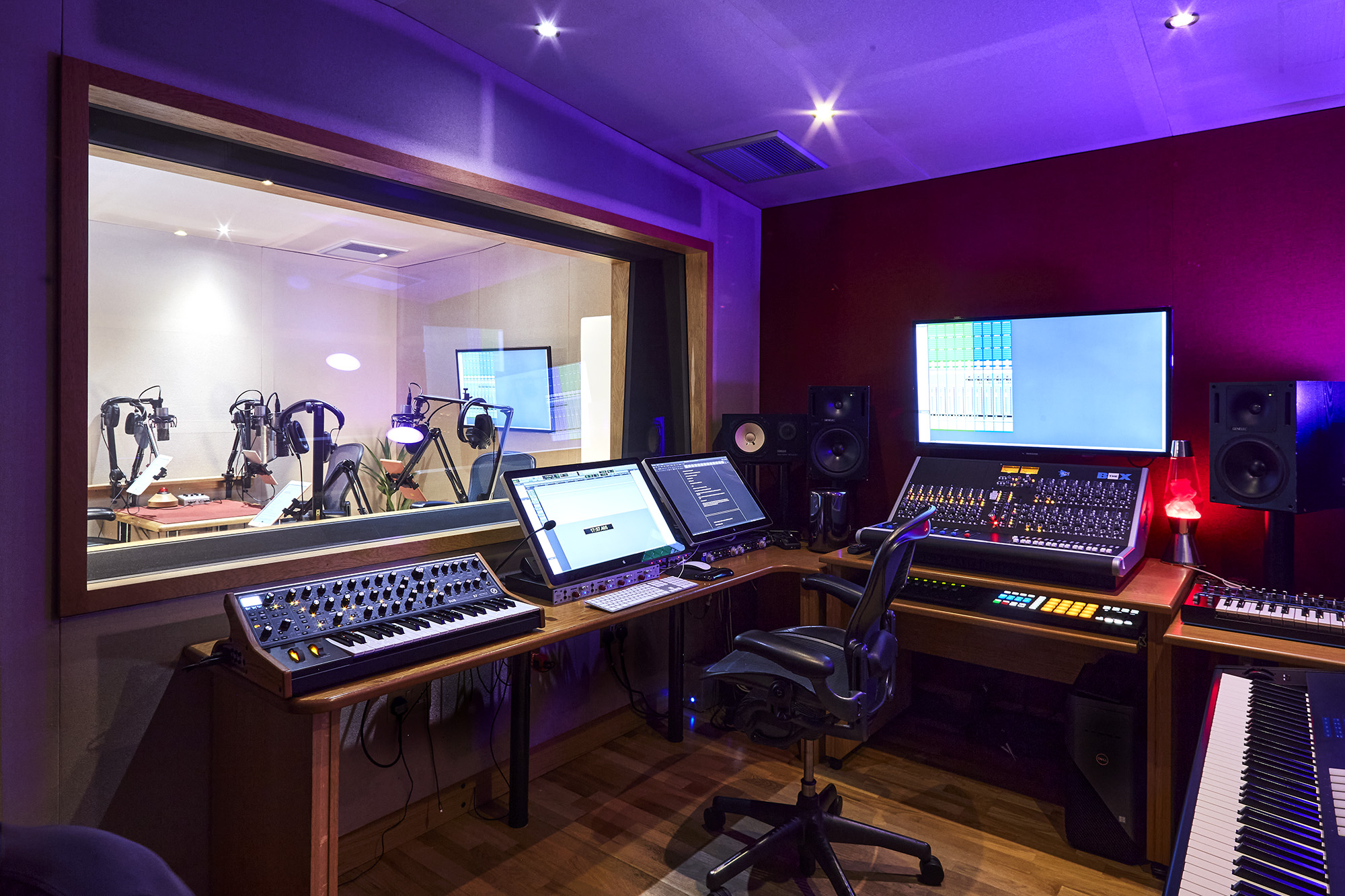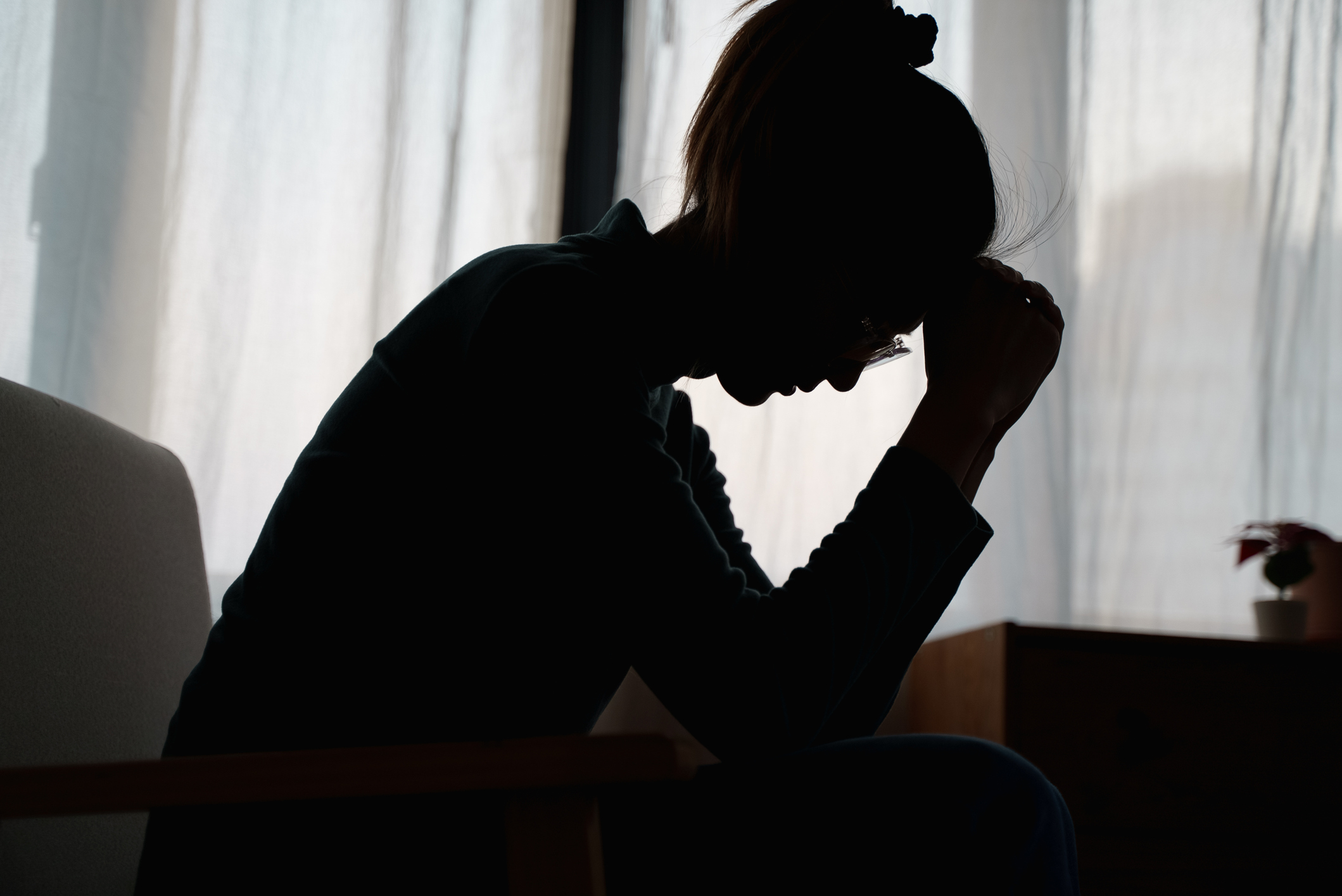Expert tips for how to set up, light and film self-tapes on your phone.
In this episode of the Spotlight Podcast, you’ll find all the essential information needed to ensure you don’t miss out on your next acting opportunity. Hear from Spotlight’s own Audio-Visual Specialist, Nicholas Peel, on how to get the best possible self-tape from your very own smartphone. Perfect for the jobbing actor!
We discuss:
- Setting up your phone
- Lighting
- Background
- Sound
- Uploading
- Titles
- Sending self-tapes to casting directors
15 minute listen or full transcript can be found below.
All episodes of The Spotlight Podcast.
Episode Transcript
Christina Care: Hello and welcome. This is the spotlight Podcast. My name is Christina Care and I’m the content manager at Spotlight and today I’m talking to Nick Peel, our Audio Visual Specialist.
Nicholas Peel: Hello.
Christina Care: Hi Nick. Today we want to answer the question, how do I do a self-tape on a phone? It’s a pretty important question if you’re an actor working, trying to do auditions on the go.
Nicholas Peel: That is a good question. I would add it’s an important thing if you’re, as you said, self-taping on the go. So if you’re on holiday or out of town or something like that, it’s useful to know how to do it on a phone. Obviously, I’d recommend doing it properly if you’re at home and setting up an area of your house or flat or whatever you use to film self-tapes at home. But when you go away you can do it on your phone more or less.
Christina Care: Yeah, it’s basically about making sure you don’t miss out on that key opportunity that might come your way.
Nicholas Peel: Exactly.
Christina Care: So maybe a good place to start is, you’ve just hinted that it might be better to take your self-tape on some professional equipment, but if you have to use your phone, is it going to be good enough quality?
Nicholas Peel: Yeah, absolutely. Phones are really pretty good quality nowadays, so you can use them for self-taping. The most important note and I’m going to put this in early just because if you don’t listen much further… do it in landscape, not portrait.
Christina Care: Okay. So step number one, you can use your phone and when you have to start setting it up, you should set it up in landscape.
Nicholas Peel: Absolutely.
Christina Care: Okay. Right off the bat.
Nicholas Peel: Yeah.
Christina Care: What about the background?
Nicholas Peel: Keep it plain. Ideally grey if you can.
Christina Care: Ideally grey. So no props in the background.
Nicholas Peel: No props.
Christina Care: No bathrooms, no kitchens.
Nicholas Peel: No bathrooms, no kitchens, no DVD shelves, no bookshelves, no posters for movies or people that you find attractive or anything like that.
Christina Care: Right. All of that’s a distraction.
Nicholas Peel: It’s a distraction. And as soon as people send in self-tapes that have been filmed, that have got something distracting in the background, you start looking at the background.
Christina Care: Right. It’s something that casting directors commonly mention isn’t it?
Nicholas Peel: Oh yeah.
Christina Care: They really don’t want to see your other bits and bobs.
Nicholas Peel: Well, that’s the thing is they do want to see your other bits and bobs but they get distracted and they don’t watch you.
Christina Care: And you’re the important part.
Nicholas Peel: Exactly.
Christina Care: What about the light?
Nicholas Peel: Light, well obviously you need to be well lit. Your face needs to be well lit and evenly lit on your face. Natural light is obviously the best sort of light that you can get. Well, you can get some nice artificial light, but the good thing about natural light is the sky is very big and so light coming from it is very soft. Obviously, if you’re standing in direct sunlight, then it’s quite hard. So it’s probably a good idea not to stand in direct sunlight.
Christina Care: Bit harsh.
Nicholas Peel: But if you’re in the shade or if it’s a cloudy day, a cloudy day will make you look fantastic.
Christina Care: Great. What about being kind of backlit? Is that a concern of people looking in darkness?
Nicholas Peel: Yeah, no, avoid that. Avoid having the light behind you or sitting with a window behind you or anything like that because it just overexposes.
Christina Care: You will just look like you’re in darkness, your face will be in darkness.
Nicholas Peel: Yeah, you’ll be silhouetted and we do see that quite a lot as well.
Christina Care: Is it worth maybe investing in something like a tripod or could you just make do?
Nicholas Peel: Absolutely. Tripods are good. You can get phone tripods, phone clamps, so on and so forth. I was looking earlier today for cheap phone tripods. There’s quite a good phone tripod that you can get for £13 on Amazon.
Christina Care: Pretty good.
Nicholas Peel: And then there are clamps and stuff that you can get and little desk tripods that you can get on Amazon. I found them, I found one for £6 and it looked quite cool. So I might be getting myself one. But the one thing I would mention is to make sure you can hold your phone on the clamp in landscape because I mean the landscape thing …
Christina Care: If you can only do it in portrait, not so good.
Nicholas Peel: Ignore it. Now the reason why landscape is really important is because a lot of casting directors can’t work with portrait footage. All the video players online that they’re most likely going to be using are in widescreen, 16:9.
Christina Care: So that’s the preferred way that a director would look at that footage?
Nicholas Peel: Yeah, that’s the shape of the image that they’re going to be filming on their camera. And that’s the shape of every single television that’s ever been made.
Christina Care: In existence.
Nicholas Peel: In existence. Well, I mean there are obviously different aspect ratios, but not a single film has been shot in portrait and there’s a good reason for that.
Christina Care: Neither should your self-tape.
Nicholas Peel: Yeah, so don’t do it on your self-tape. And if you do it, what will probably happen is the image gets stretched out on the screen and you can’t really see your face or it might flip it sideways. So they have to turn their head and sometimes if it looks bad, they might not send it down to the director.
Christina Care: So just a big no-no all around.
Nicholas Peel: Big no-no.
Christina Care: What about if you need someone else to read in?
Nicholas Peel: Ideally, you would find someone else to read in.
Christina Care: Okay, not just sort of get an automatic reading thing?
Nicholas Peel: No. No, we’ve heard those before. I’ve heard that so many times.
Christina Care: Yeah, kind of machine-like talking.
Nicholas Peel: Well, I mean acting is not just about acting, it’s about reacting. I can’t remember who said that. It’s not my quote, it’s someone else’s.
Christina Care: It’s a quote though. Definitely heard that.
Nicholas Peel: It is a quote. And it’s about the pacing and the beats and stuff like that. So if you’re reading off a machine and when the other character’s talking, you’re kind of leaning over to a laptop to press a button.
Christina Care: To press play.
Nicholas Peel: To play the next line back to you. It just looks awful and you’re not in the character and you’re not in the performance. And it just looks and sounds really rubbish. So avoid that.
Christina Care: Don’t do that. Yeah. So it’s better to get someone who’s, I mean, say, for instance, the other character is an old man, even if it’s a young woman.
Nicholas Peel: Yeah.
Christina Care: And has to read in, that’s better?
Nicholas Peel: Oh, absolutely. I’ve read in for so many self-tapes. I’ve played very old men, I’ve played five-year-old girls. I’ve played a whole range of different characters that I’m not.
Christina Care: So that’s completely fine.
Nicholas Peel: That’s completely good. And also like, they don’t necessarily have to be an actor as long as they kind of have an understanding of how to pace the scene. And so if you’re doing a very dramatic drawn-out scene and they kind of are firing the responses back at you with no emotion or…
Christina Care: Intonation or …
Nicholas Peel: Yeah. Or not even giving it the right pacing, then that can be a bit distracting. But ultimately if you are using your mum and she doesn’t understand anything then your mum’s better than no one. So yeah.
Christina Care: Absolutely. And so once you’ve given it a shot, you’ve recorded some footage, watch it back might be the first step.
Nicholas Peel: Yeah, watch it back with headphones. Actually, well it’s a good thing when you’re recording it to think about sound because a lot of the time people like to film it in a room that’s very echoey or they’ve left the window open or they’ve got a fridge turned on or the air conditioning’s on. And of course, you in the room when you’re in there normally, you’d tune out to all the background noises. But your phone won’t and so it will pick them all up and then you’ll watch it back and you’ll hear everything. And so it’s good to make sure that you close all the windows and stuff like that beforehand. Make sure there’s no background noise and really try and listen to the sound of the room. Also, what’s quite a good trick is, most phones have a set of headphones that come with them and most of those sets of headphones have got a little microphone. I think some of the Bluetooth headsets, they even have like a little microphone on the headset thing.
Christina Care: Actual device.
Nicholas Peel: Yeah. The good thing about those is when they’re plugged into your phone, that microphone is what’s used to get the sound when you’re recording videos. So if you’ve got an old set of headphones or if you’ve got something with a microphone on it, you just clip it in your collar and it’s like a Lavalier lapel mic.
Christina Care: Right, it can sort of do that job.
Nicholas Peel: It can do that job and then you get sound coming from just in your collar.
Christina Care: That’s a good trick. I didn’t know that.
Nicholas Peel: And the sound’s much better. Sometimes the cables aren’t very long and you’d have to get yourself an extension cable, which again you can find on Amazon and it’s just a 3.5 millimetre jack extension cable. But the important thing you need to know is that they’re TRRS which stands for Tip/Ring/Ring/Sleeve because it hasn’t just got left and right headphone information going into your ears. It’s also got the microphone on it. And so there’s an extra ring on the jack plug to carry that information. So a TRRS 3.5 millimetre jacket extension cable is what you need if you’re extending your headphones to use the microphone on your headphones to record sound. I hope that made sense.
Christina Care: It did.
Nicholas Peel: Excellent.
Christina Care: And then once you’re done, you’ve viewed it back. It all looks good. How do I get it off my phone and onto my computer?
Nicholas Peel: Well first and foremost, you could email it. I’d recommend that you don’t email it.
Christina Care: Why’s that?
Nicholas Peel: Because the file will probably be quite big.
Christina Care: Oh, and it will compress?
Nicholas Peel: It may compress, but even if you’re sending an email with a heavy attachment attached to it, it could clog up the casting director’s inbox or it could take a long time to actually get to the casting director.
Christina Care: I see.
Nicholas Peel: So if you’re a casting director, the last thing you want is for people to be emailing you large video files because they’re probably going to be receiving a lot of self-tapes. And so if a lot of people start sending them video files directly via email, their inbox fills up and they have to pay for more space. So the easiest thing to do is to get the WeTransfer app, which is downloadable on iOS and Android and I think it’s pretty much widely available on every operating system. And it’s really cool. It’s free. You can send up to two gigabytes for free. And all you do is you open up, WeTransfer, go into your photostream or wherever your video is stored and click on it, type in the casting director’s email address and then there’s a place where you can put in a little message to the casting director as well. So you can be like, ‘hi, my name is so and so and here is my self-tape for the part of Jack in so and so’.
Christina Care: And titling it is probably a good idea as opposed to just leaving.
Nicholas Peel: If you can title it. A lot of the time it’s not very easy on a phone. Obviously, if you’re near a computer, the best thing to do would be to perhaps WeTransfer it to your own email address and then rename the file. And it’s important to get the renaming of the file right as well because when you’re a casting director and you’re trying to organise all of these different clips, the last thing you want is the project name first. Because you’re never going to be able to find who the actors are and where the actors clips are in the list of video files. So put your name first, like the first thing that goes on is your name. So your name and then perhaps the role that you’re going up for and then perhaps the title of the project and then the scene or whatever. But as long as your names first, and I’d say the scene that you’re doing or the take that you’re doing is last.
Christina Care: Okay.
Nicholas Peel: Yeah. Although in terms of takes, I’d recommend that you only send one take.
Christina Care: Your best take.
Nicholas Peel: Yes. Your best take. If you send three or four takes, they’re not going to look through, trying to find your best take. They’re just going to watch, maybe they’re going to watch one, they’re not going to watch three takes of the same thing. And even though they look different to you, they look all exactly the same to everyone else. So don’t send more than one take unless of course, they’ve requested you to.
Christina Care: Right. Okay. I think we’ve covered a lot.
Nicholas Peel: I think we have, I’ve done a talk on how to self-tape and I did make a video about it on our YouTube channel. But this is specifically about phones and it’s slightly different but no less exciting.
Christina Care: Right. So if people want a little bit more information about self-taping in general, they can check out our YouTube channel. Got a great video on there.
Nicholas Peel: How to self-tape at home, it’s called. If you just search on YouTube for how to self-tape at home, I think it’s the top hit and yeah, you’ll hear my wonderful voice.
Christina Care: Your familiar voice.
Nicholas Peel: My familiar voice talking you through how to do it. And we do touch on phones in the video. So we do touch on phones a little bit as they can be a very good camera to use.
Christina Care: Absolutely.
Nicholas Peel: They get better and better every year and normally because they can’t think of anything else to update, normally the cameras get updated. And I think there’s a new phone out now with three cameras, a wide and mid and a closeup lens.
Christina Care: So you can get really into it.
Nicholas Peel: Get really into it. Yeah, you can get a really nice sort of mid-closeup on yourself with your phones.
Christina Care: Perfect.
Nicholas Peel: Perfect.
Christina Care: Awesome. And if there are any other questions, people can always ask us those questions at Spotlight UK on Twitter.
Nicholas Peel: Twitter or questions@spotlight.com on email and I think we’re on Facebook as well.
Christina Care: We are.
Nicholas Peel: In fact, I know we on Facebook.
Christina Care: Yeah. So plenty of ways to ask us any more questions that you might have. Thank you very much, Nick. I think today’s question has been thoroughly answered.
Nicholas Peel: Well thank you for asking it.
Christina Care: And we’ll see you next time.
If you have a topic or question you’d like us to cover in a future podcast episode then please email your ideas to questions@spotlight.com or send us a Tweet @spotlightuk.







